Over the years, Jeep has become renowned for making successful, rugged SUVs. Wrangler, Grand Cherokee, Renegade. However, when the Compass first hit UK shores in 2007 it was far from a best seller, and it struggled to find its way. I’ve been testing the new model, but is it able to head in the right direction?
Good looks, iffy colour
Looks are very important when it comes to SUVs – unless it’s a Nissan Juke of course – so how does the Compass hold up? I think it’s quite a smart looking motor; yes, it’s nothing groundbreaking, but it’s handsome and well proportioned. I won’t lie, I’m not a big fan of this bronze colour, but that is of course subjective. In fact, quite a few people complimented the colour when they saw it, so what do I know?
I do like the inside though – okay, some may say it’s a bit plain and a bit boring, especially when you compare it to the Renegade, but I think it looks rather smart. It also feels noticeably more modern than the Nissan Qashqai I tested last week, plus there’s far less buttons in here. There’s sumptuous leather seats which are not only heated, but they are ventilated as well, which you don’t find too often in this area of the market. Ok, so the ventilation feature is an optional extra (£350) but it’s nice to have all the same.
Video: Jeep Compass Walkaround
Is it spacious?
Whilst I’m on the topic of the interior, let’s talk about space. There’s a decent amount of it in here; there a good amount of cubbyholes, although there aren’t quite as many as the Qashqai. The doorbins are of a decent size, and have been designed to fit not one, but two bottles, which I rather like.
There’s a small slot down where you can put some loose change or maybe a packet of mints, and you also have a central storage compartment in the middle, which also offers a good amount of space although it’s not quite as deep as you may expect. Last but not least, you have a glovebox which offers a decent amount of space.
Getting a good driving position is easy as the steering wheel adjusts for rake and reach, and this model comes standard with an electronically adjustable seat. The front seats are also heated as well as ventilated, which is a nice touch, plus the steering wheel is heated as well. Right, time to step in to the back.
Like the Qashqai I tested last week, the Compass has a panoramic roof, but it’s a £1,200 option, but at least one is able to open up. As I mentioned in my Qasqai review, panoramic roofs can cut in to headroom, but I can just about get my 6’2″ frame in the back with a few mm left over. Legroom is a much stronger area for the rear and there is an ample amount of it and even a tall guy like me can stretch out and really relax.
What about the boot?
Open up the power tailgate – £300 option – and you’d normally find 438 litres at your disposal – 8 more than the Qashqai. However, this model has the optional full size spare wheel, therefore boot space is cut down to 368 litres. If you need more space, you can fold down the 60/40 rear seats you’ll be able to enjoy 1,693 litres.
Right, time for a drive
The Jeep Compass is available with a choice of two petrol engines and three diesel. The engine I have on test is the 1.6 litre MultiJet diesel, which offers 118bhp and 320Nm of torque. 62mph is dealt with in 11 seconds flat and it will run out of puff at 115mph, so it offers around the same kind of performance as the Qashqai I tested last week.
The diesel in the Qashqai wasn’t the most refined though, so is the Compass able to better it? No, if I’m honest. It’s quite a noisy engine, and it’s not as quiet as the Qashqai . Just in case you don’t want this engine, you can opt for a 1.4 petrol, which comes in a choice of two power outputs; 138bhp and 168bhp, or if you want to stick with a diesel, you can choose a 2.0 litre diesel which can be had in either 138 or 168bhp guises – just like the 1.4 petrol.
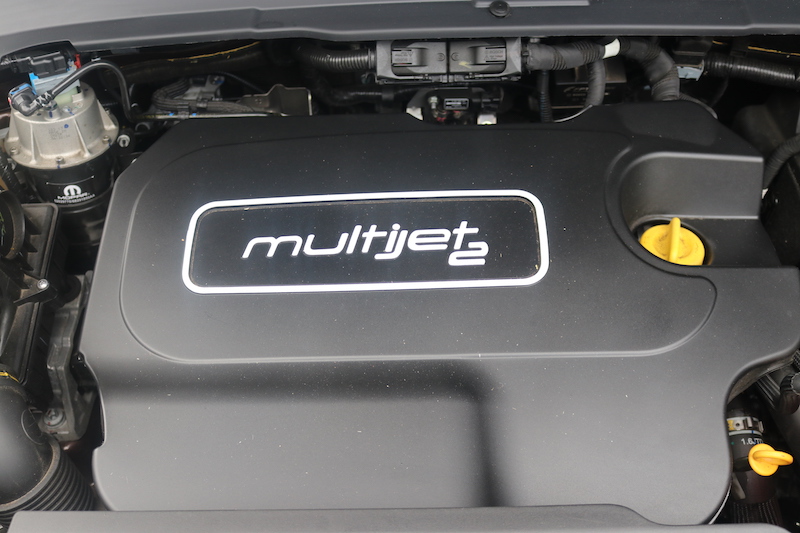
This 1.6 litre diesel engine is mated to a 6-speed manual gearbox, with power fed to the front wheels. If you want four wheel drive you’ll need to either select the more powerful petrol, or one of the two litre diesels; all of which are mated to a 9-speed automatic gearbox. In regards to this manual gearbox, it’s got quite a change to it. Yes, it’s a tad notchy, but on the whole, it’s got a nice enough through to make it enjoyable to use.
I’ll be honest, I’d never driven a Jeep before now, so I was unsure what to expect from this car. I’ve been quite impressed by this car though as it’s pleasant to drive, it’s comfortable and it’s got a softer ride than the Qashqai, so it’s more a bit more forgiving. The trade-off is that there’s more body lean in the corners, but never does this feel like a land-yacht. Mind you, it can still be a bit bumpy on uneven ground, especially as this model has the optional 19″ alloys.
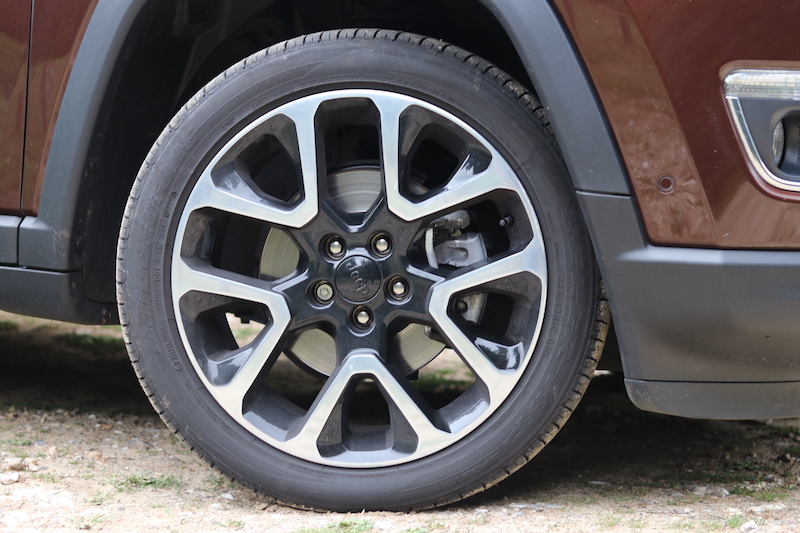
The Jeep Compass hasn’t received glowing reviews for the way in which it drives, but you know what? I rather like it. It’s far from a dynamic experience, which is what I normally look for in a car, but like the Qashqai, the Compass delivers a comfortable, laid back drive. I won’t lie, it’s not the last word in refinement because not only is the engine rather noisy, but there’s a fair amount of road and wind noise as well.
Visibility isn’t its strong point either as you’ve got chunky A-pillars, and the rear window isn’t exactly what you’d call big. Thankfully you’ve got parking sensors and blind spot assist, so hopefully you’ll be able to keep out of trouble. Speaking of keeping out of trouble, the Compass is a safe car, thanks to a whole host of safety features, which have been able to gain the car 5 stars from Euro NCAP – a vast improvement on the last model that scored just 2.
How much will the compass cost you?
There are three models available right now, which have starting prices between £23,555 and £34,925. The models in the range are as follow: Sport, Longitude, and Limited. In the near future you’ll be able to buy the Trailhwak, which will be the model you’ll want if you’re serious about your off-roading.
The model on test here is the Limited model, which is priced from £28,315. Included in this trim level you’ll get an 8.4″ infotainment system with DAB radio, Bluetooth, smartphone connectivity and navigation, as well as 18″ alloys, Beats sound system, dual zone climate control, heated steering wheel, heated and ventilated front seats, cruise control, lane keep assist, front and rear parking sensors, keyless entry, park assist – the list goes on and on.
The base model, Sport, is priced from £23,355 and is able to 16″ alloy wheels, offer 5″ touchscreen, air conditioning, Bluetooth, DAB radio, cruise control, as well as a whole host of safety features including lane keep assist and autonomous emergency braking.
The next model up is called Longitude, which is priced from £25,515. This trim level adds an 8.4″ infotainment system, navigation, reversing camera, keyless entry, business pack, chrome window surrounds, front foglights and 17″ alloy wheels.
Will it cost much to run?
How frugal is it though? This engine, on a combined run should be able to offer you 64.2mpg, and in my experience, I’ve been getting around 50mpg or so. Despite my best efforts, I’ve actually got a bit less mpg than the Qashqai even though the Qashqai isn’t as frugal on paper. Going back to the Compass, this engine is the most frugal one you can have as the 1.4 litre petrol offers 45.6 or 40.9 mpg depending on which power output you go for, and the 2.0 litre diesel offers 54.3 or 49.6 mpg, depending on power output.
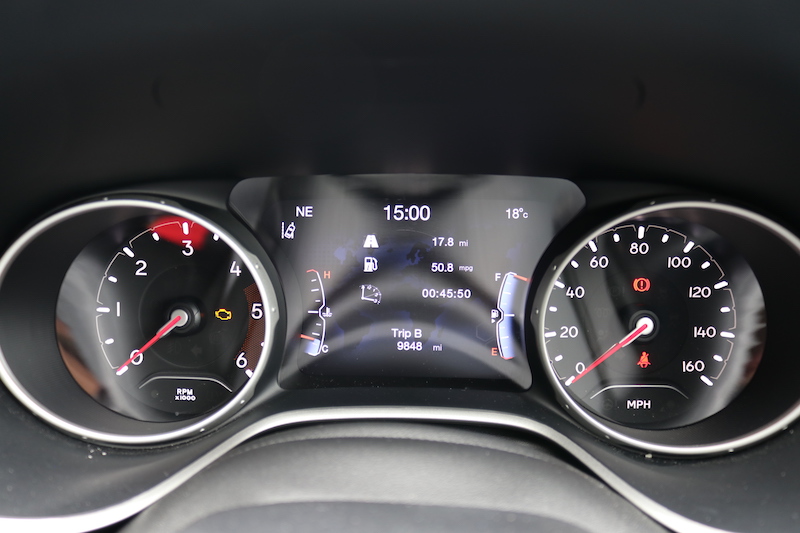
So with that in mind, it should come as no surprise that the 1.6 litre diesel is the greenest in regards to CO2 emissions. Out of that double exhaust pipe you’ll find 117g/km of CO2 being pumped out, meaning that for the first year of VED, you’ll be required to pay £205, which is a lot more reasonable than the eye-watering £830 you’d need to cough up to pay for the 168bhp petrol, which emits 160g/km. Yikes.
Final thoughts
So, to conclude, is the Jeep Compass a worthy entrant in to the ever-increasing world of SUVs. I believe it is – it’s got smart looks, a pleasant and spacious interior, plus it offers a good level of kit and it’s comfortable. It’s not perfect though, the boot could be a bit bigger and it could do with being a bit more refined to really compete with European rivals, but for a first experience of driving a Jeep, I’m quite impressed.

Car Obsession Rating:  (3.5 / 5)
(3.5 / 5)
Pros:
- Smart looks
- Slick infotainment system
- Pretty frugal
- High safety levels
- Good amount of kit
- Spacious interior
Cons:
- 1.6 litre diesel engine is noisy
- Boot could be bigger
- Lacks dynamism
- Overall refinement/build quality could be better
Rivals
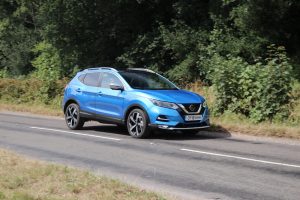 Nissan Qashqai
Nissan Qashqai
The Qashqai has ruled the Crossover/SUV roost for many years now, so this is very much the car to beat. It may have a dated inside compared to the Compass, but it’s a better all-rounder, plus it starts from a cheaper price, with a higher choice of trim levels. The 1.6 litre diesel it offers is also more refined than the one used in the Compass.
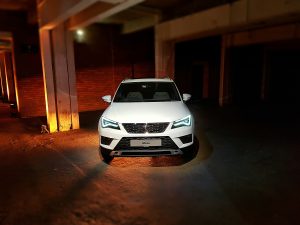 SEAT Ateca
SEAT Ateca
The Ateca is also a cheaper car to buy, plus it offers a bigger boot and it’s a sharper looking car. It’s also better to drive as well, plus it offers better engines, although the interior is a bit dull. That’s a small complaint though, because the Ateca as a whole package is a strong one.
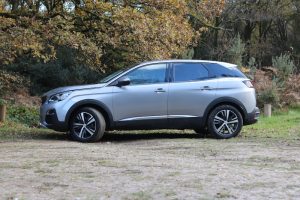 Peugeot 3008
Peugeot 3008
The Peugeot 3008 is a European Car of the Year winner and it’s clear to see why. It’s a smart, modern looking car that has an interior to match, plus it offers a good amount of space and kit. It’s far from the most dynamic drive though, as it’s more set up for comfort and refinement, which is achieves well.


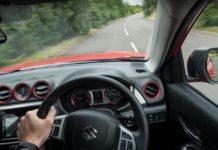



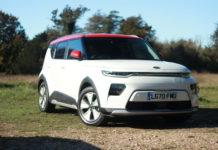


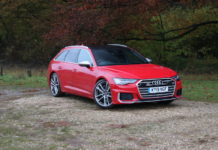




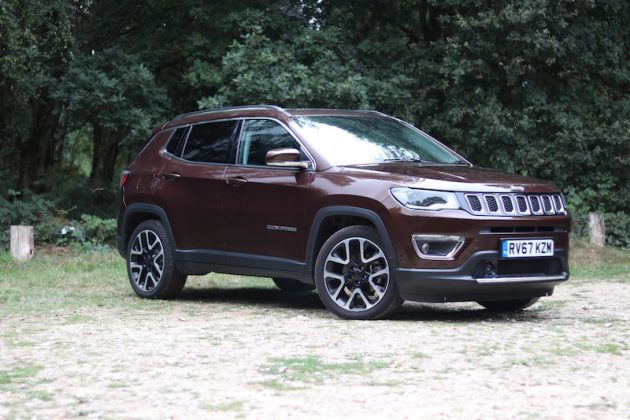
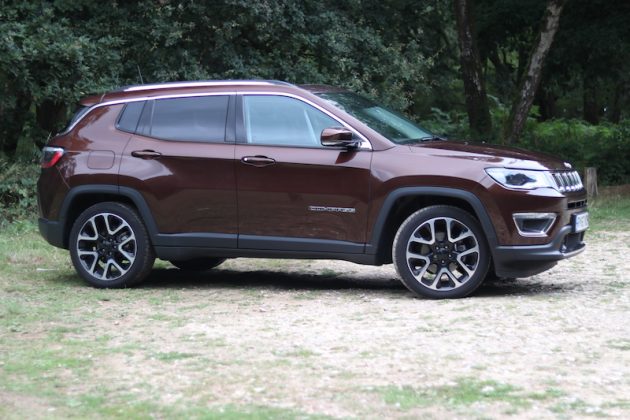
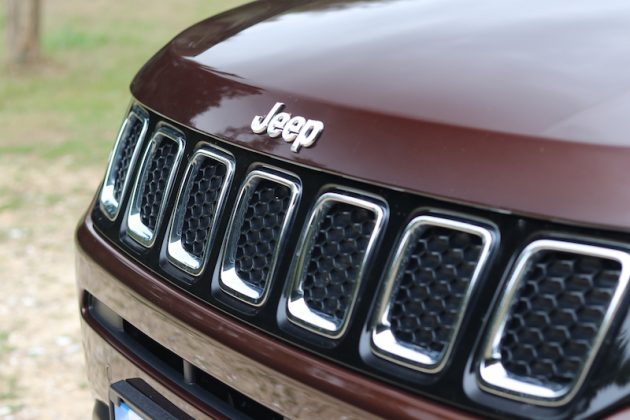
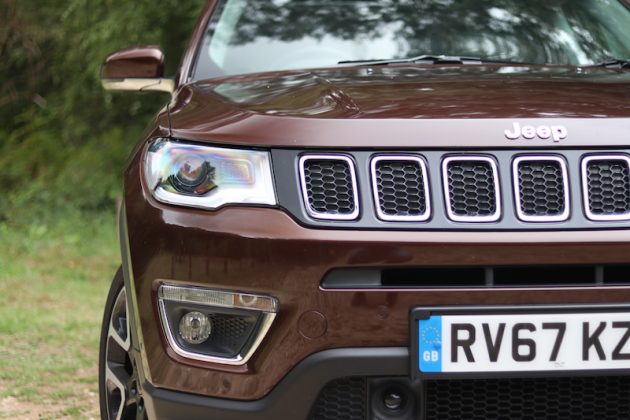
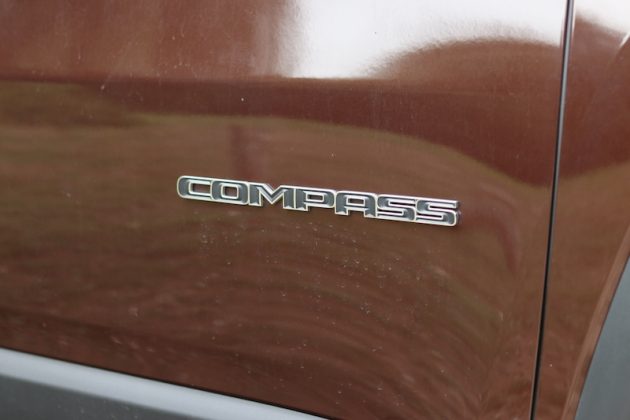

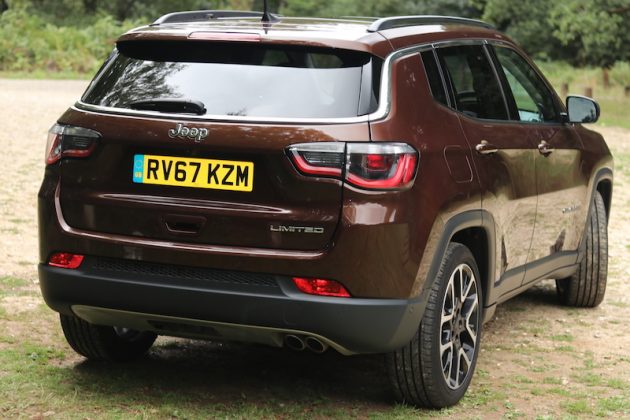
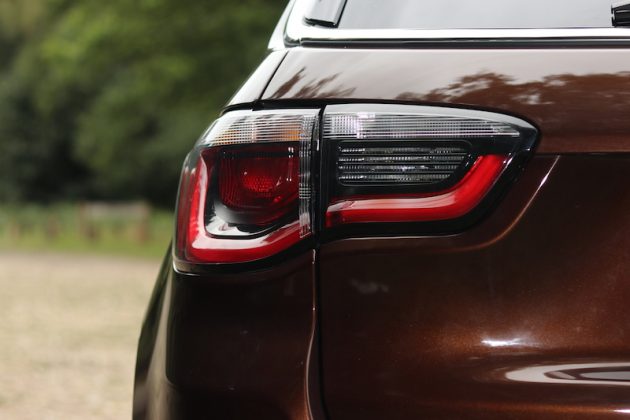
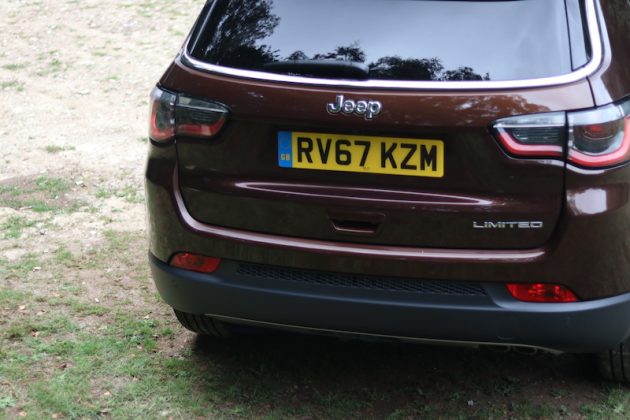

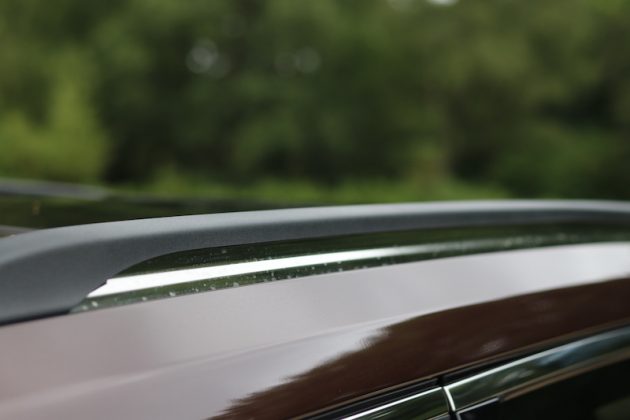
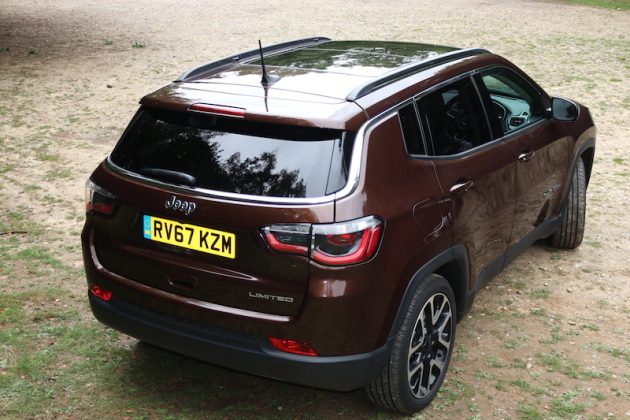

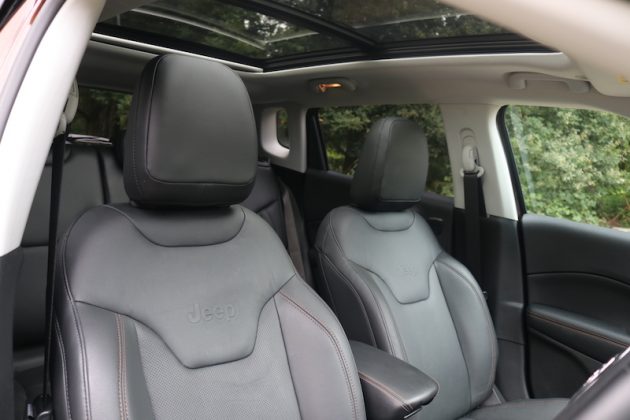
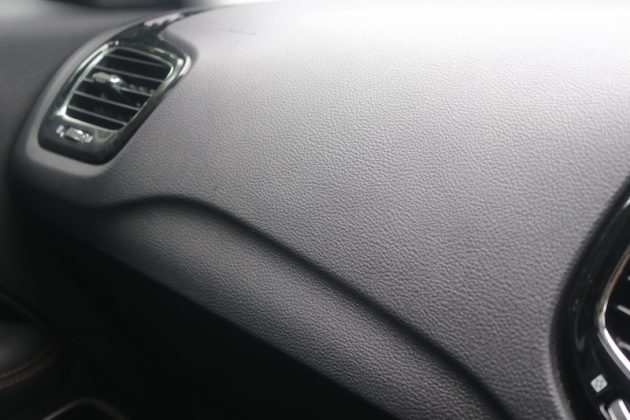

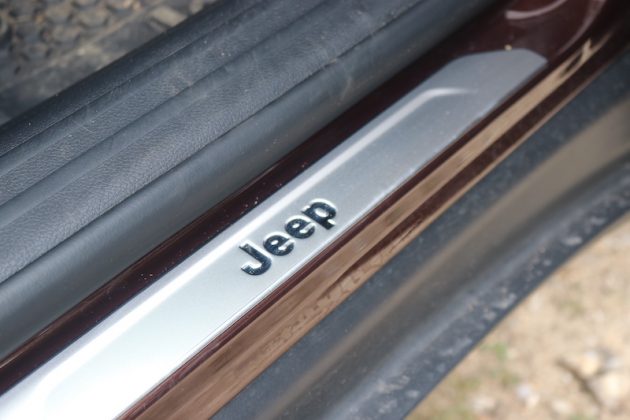
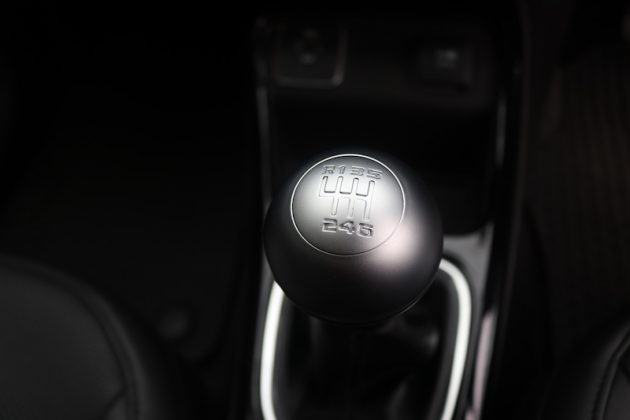
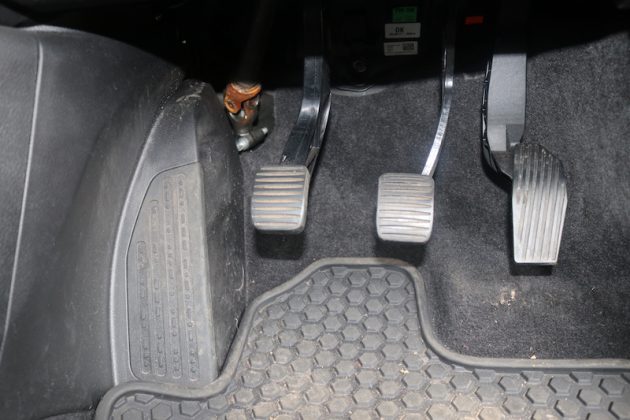
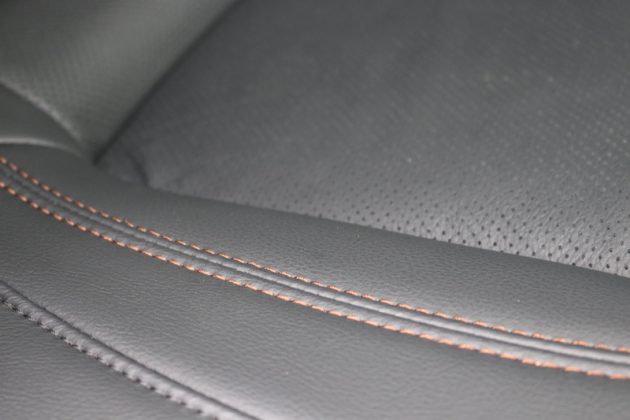
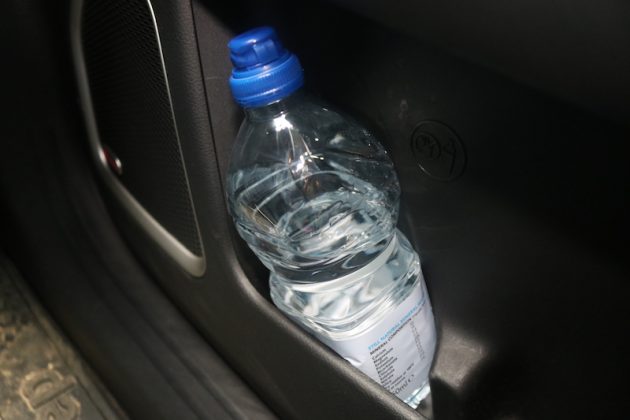
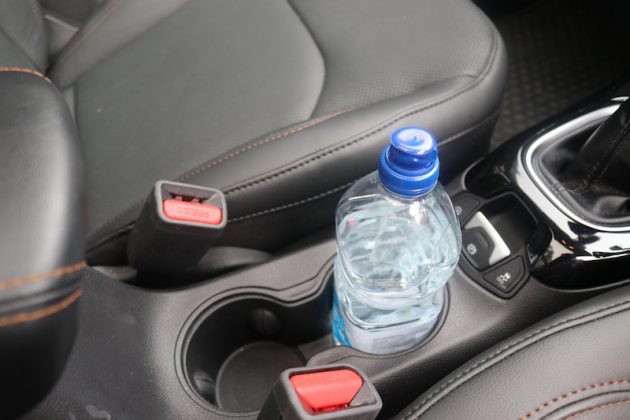


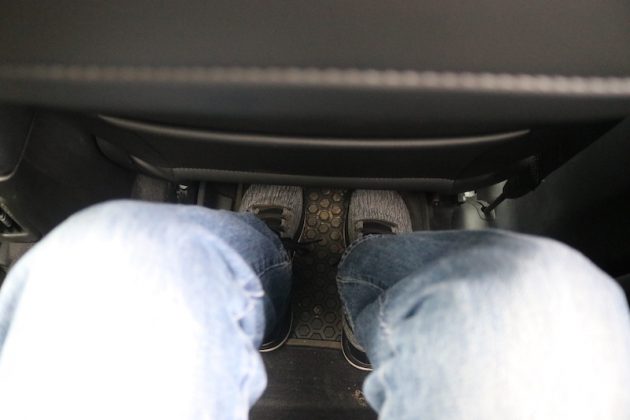

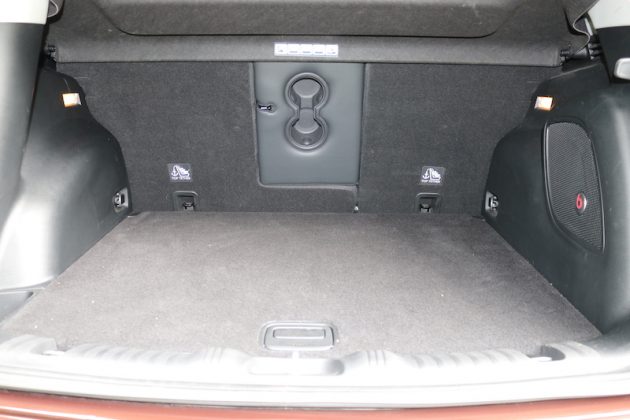
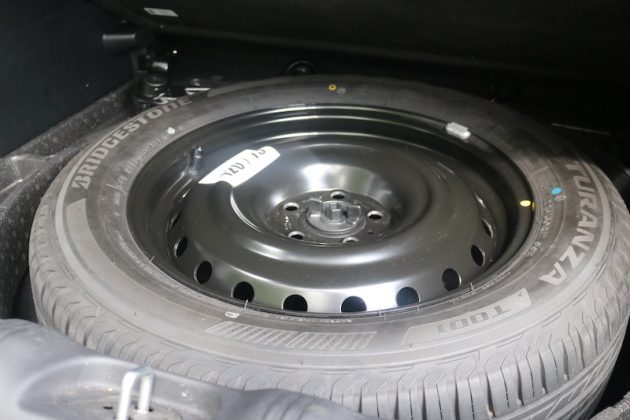
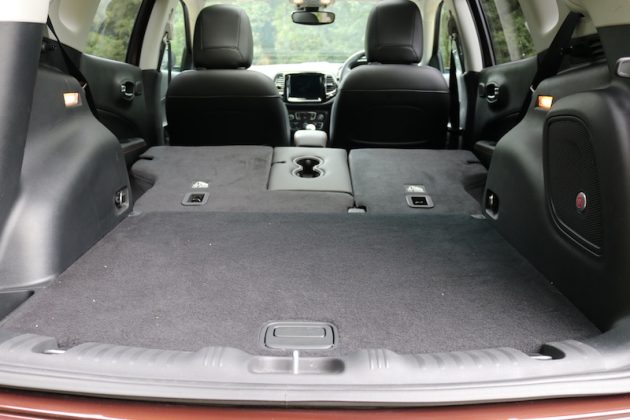
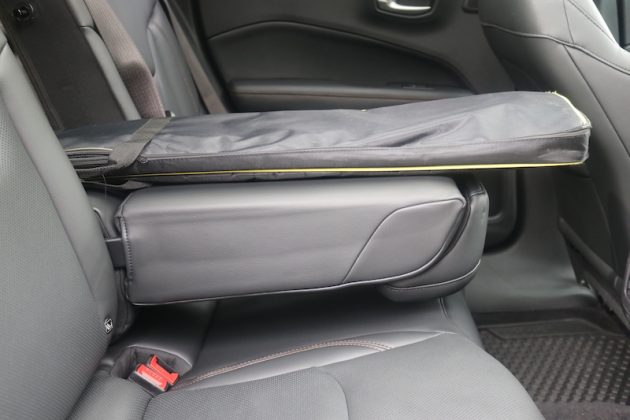
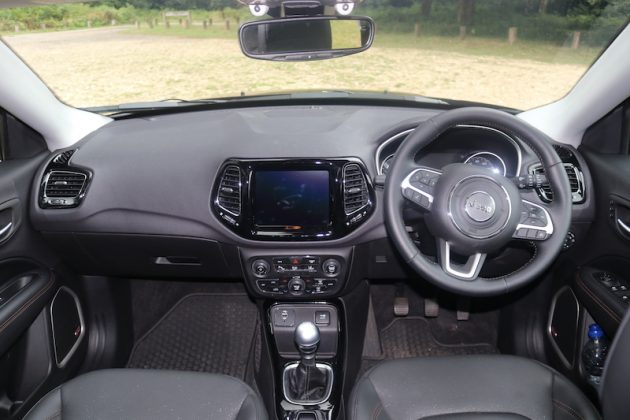
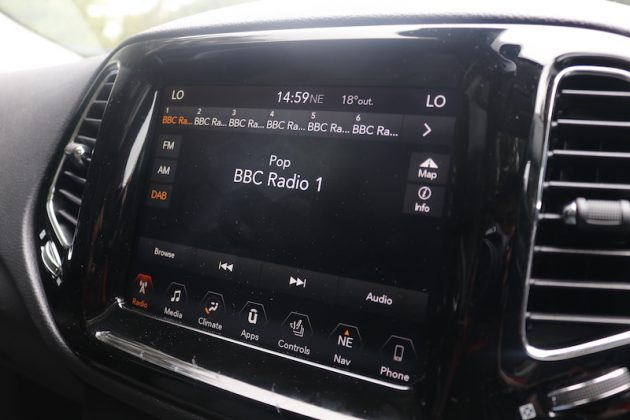
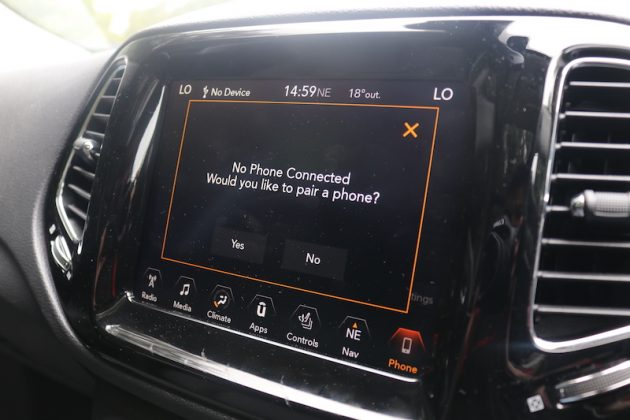

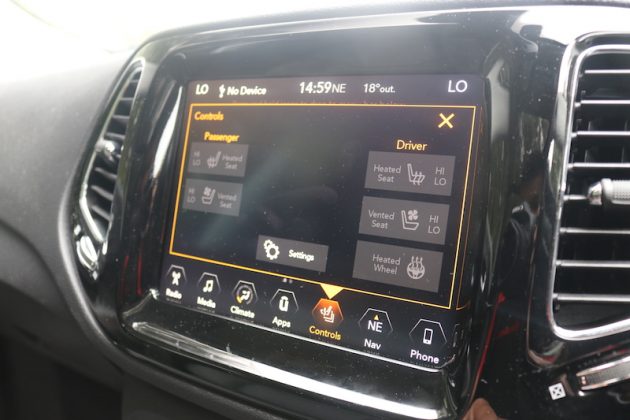
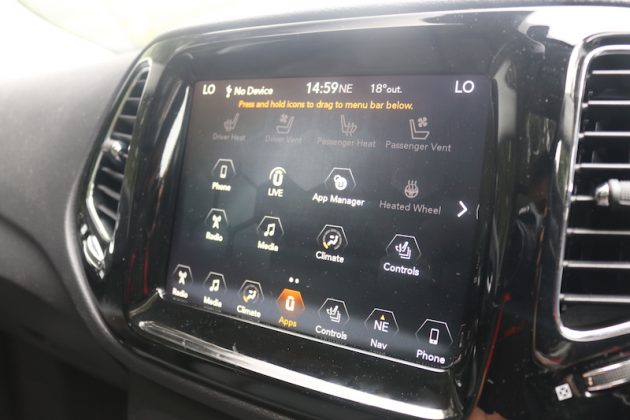
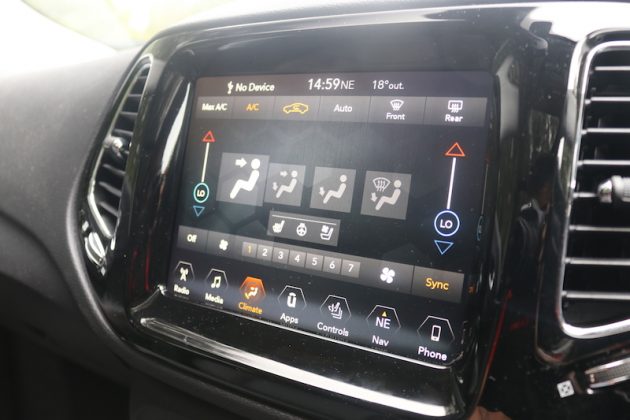
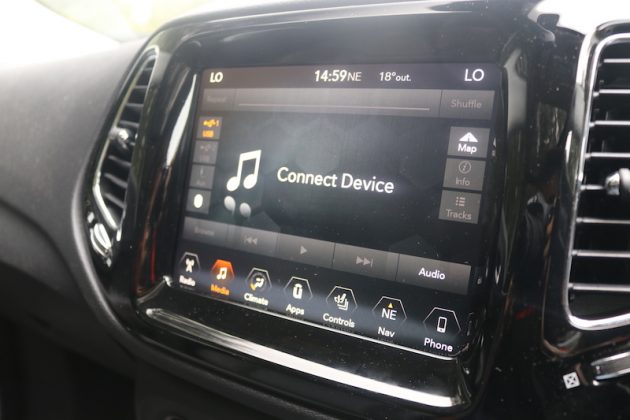

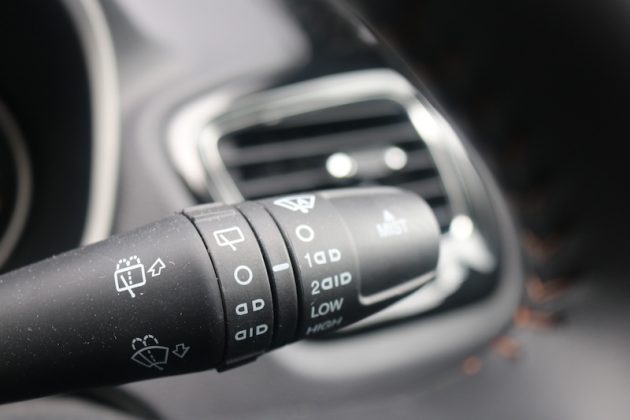
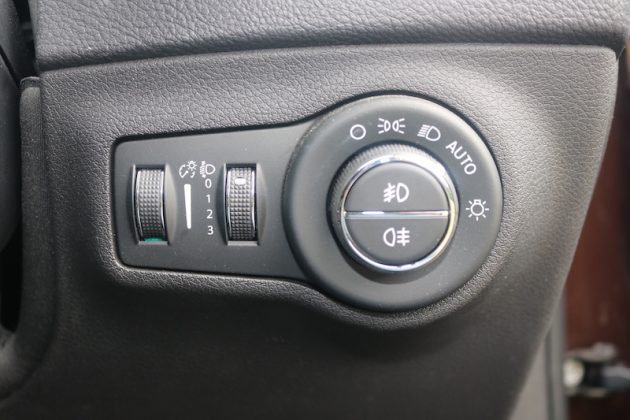
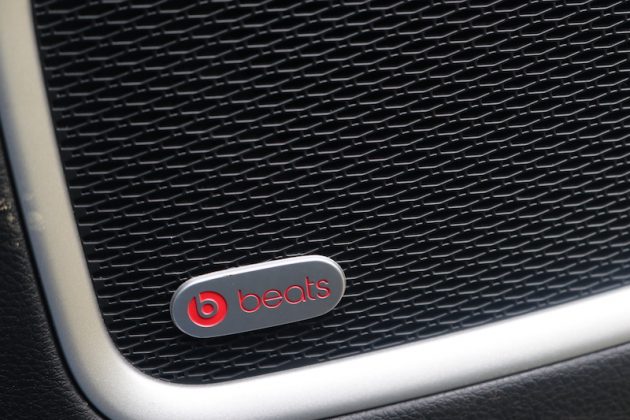

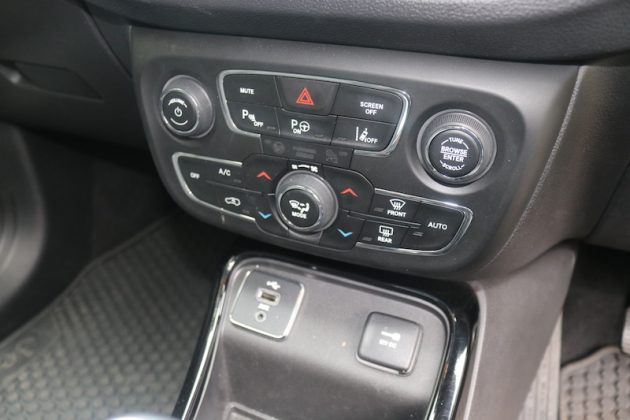
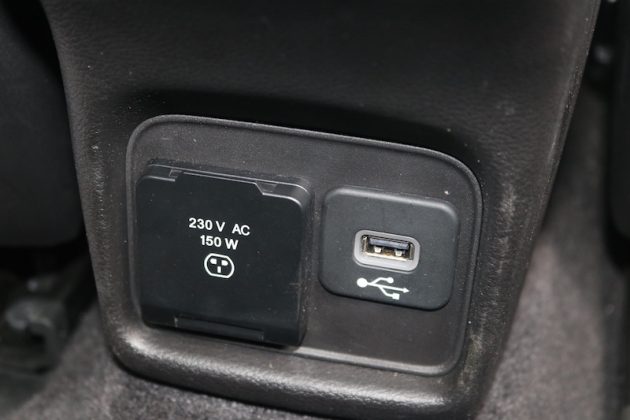

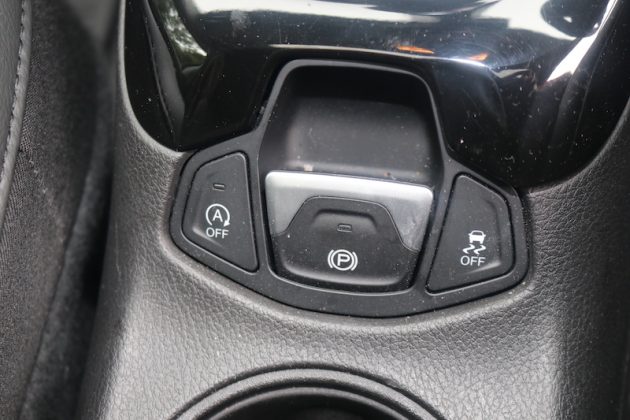

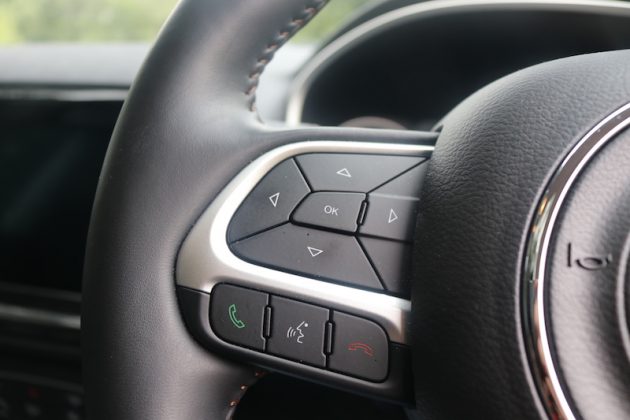
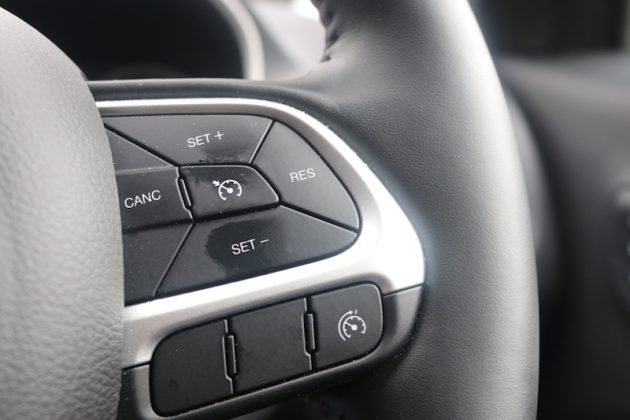
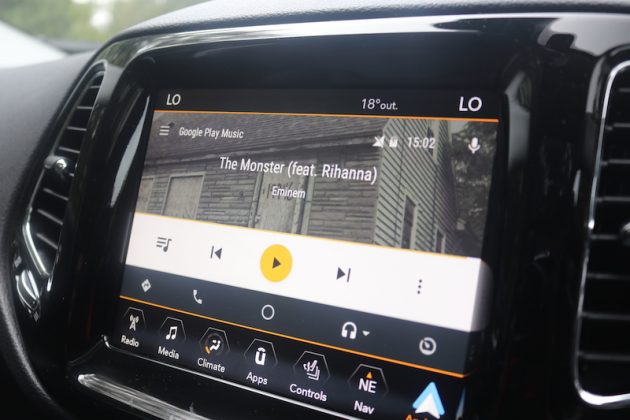
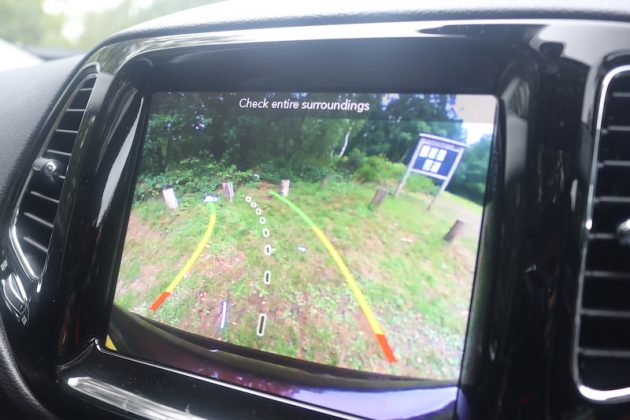
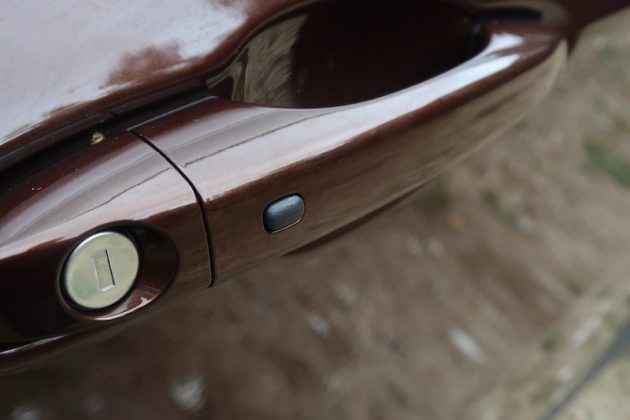
Thanks for a favourable review of the current Jeep Compass.
We run a 4×4 petrol and I’ve a couple of points about it’s build/ride etc.
Build is generally good – everything is well put together outside and in. Nothing’ dropped off yet in about 6k miles.
Ours is the 9 speed auto which it delivers in a relaxing way on my commute and motorway journeys. It’s not as economical as my old diesel which I knew before the purchase but I’m anticipating less use when I stop work so no worries there. I get about 30-32 on the commute 35-40 on the long m-way journey at about 75mph. I tend to use the adaptive cruise control and that really helps with the mpg on motorways, though I’v noticed it’s sweet-spot mpg wise is around 60mph. Space wise it’s well big enough for 4 adults – yes the glass roof does nick a bit of space if you choose that extra. Boot-wise ours has no spare wheel so we can lower the boot floor – I think from memory there are 3 levels – ours is on the highest so it’s a level floor. If you don’t have the BEATS sub in the boot you’ll get a tad more room.
There’s bags of safety features like the lane keep assist and blind spot monitoring – the nav works a treat and the phone paired easily. There’s also a usb socket in the rear plus a 3pin plug socket. Ride-wise it’s on the firm side which I like on this as it feels solid on the occasional twisty route – I’d rather than than it lean into the corners as it is after all a tall vehicle. It’s quite narrow which is really handy for town driving and parking etc. The only negatives springs to mind is the fuel tank is small so I need to fill up each week and there’s a blind spot to the right near the driver’s door mirror if I’m in turning right close to say a roundabout. I may be my seating position / height etc but I’ve not sussed it yet – or driven into anything!
Anyway, that’s my tuppence worth, keep up the reviews.